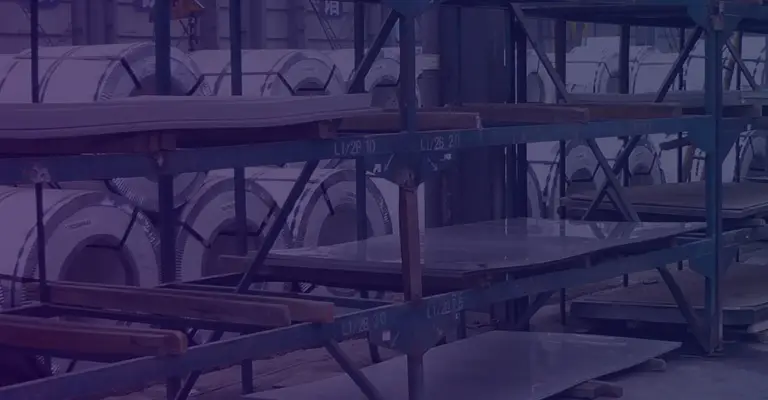1. Strictly control the heat input on the welded joint? Choose appropriate welding methods and process parameters. These parameters mainly include welding current, arc voltage, and welding speed.
2. Usually, a smaller nozzle is used for welding
stainless steel plates, but we recommend using a larger nozzle diameter as much as possible, so that the weld protection surface during welding is larger, and the air can be effectively isolated for a long time, so that the weld can form a larger Good ones have strong antioxidant capacity.
3. Choosing a reasonable welding sequence is particularly important for controlling the residual deformation of stainless steel plate welding. For structures with symmetrical welds, symmetrical welding should be used as much as possible; for asymmetrical structures, the one with the fewest welds should be welded first and then welded. The side with more seams. Make the deformation of the back welding enough to eliminate the deformation of the front side so that the overall deformation is reduced.
4. The assembly dimensions must be precise and the gap between the stainless steel plates should be as small as possible. If the gap is slightly larger, it is easy to burn through or form a larger welding tumor. Hardcover fixtures must be used with balanced and even clamping force.
5. The key to welding stainless steel plates is to strictly control the heat on the welding joint and strive to minimize the heat input while completing the welding, thereby reducing the heat-affected zone on the steel plate and avoiding the occurrence of the above defects.

